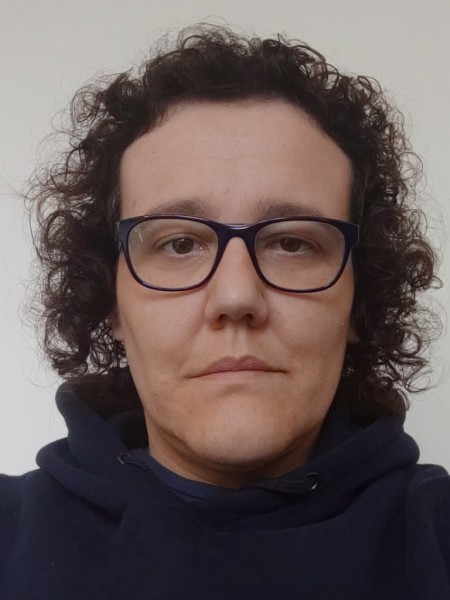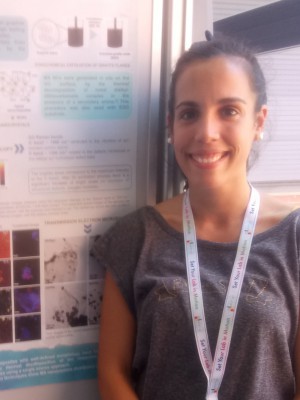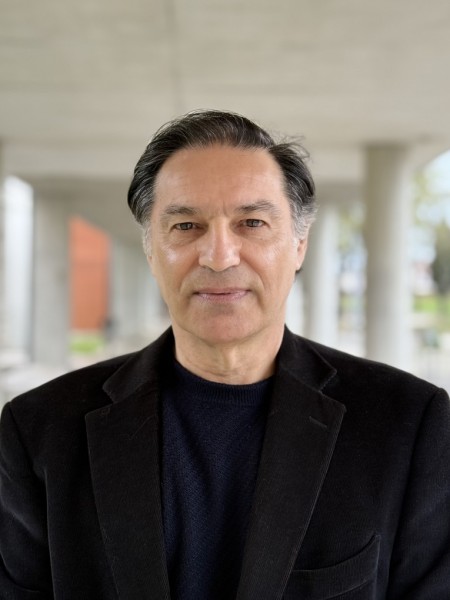resumo
Magnetite (inverse spinel type) particles have been surface-modified with siliceous shells enriched in dithiocarbamate groups. The deposition of colloidal noble metal nanoparticles (Au, Ag, Pt, Pd) onto the modified magnetites can be performed by treating the respective hydrosols with the magnetic sorbents, thus allowing their uptake from water under a magnetic gradient. In particular, for Au colloids, these magnetic particles are very efficient sorbents that we ascribe to the strong affinity of sulfur-containing groups at the magnetite surfaces for this metal. Considering the extensive use of Au colloids in laboratorial and industrial contexts, the approach described here might have an impact on the development of nanotechnologies to recover this precious metal. En route to these findings, we varied several operational parameters in order to investigate this strategy as a new bottom-up assembly method for producing plasmonic-magnetic nanoassemblies. (C) 2016 Elsevier Inc. All rights reserved.
palavras-chave
WASTE-WATER TREATMENT; SUPERPARAMAGNETIC NANOPARTICLES; ENGINEERED NANOPARTICLES; GOLD NANOPARTICLES; REMOVAL; NANOMATERIALS; NANOTECHNOLOGY; ENVIRONMENT; CHEMISTRY; ACIDS
categoria
Chemistry
autores
Joana L. Lopes; karine L. Marques; Ana V. Girao; Eduarda Pereira and Tito Trindade
nossos autores
Grupos
G1 - Materiais Porosos e Nanossistemas
G3 - Materiais Eletroquímicos, Interfaces e Revestimentos
Projectos
agradecimentos
We thank funding from FCT (Fundacao para a Ciencia e a Tecnologia) through the project PTDC/CTM-NAN/120668/2010, by FEDER through program COMPETE and by national funding through FCT in the frame of project CICECO - FCOMP-01-0124-FEDER-037271 (Ref. FCT Pest-C/CTM/LA0011/2013).




